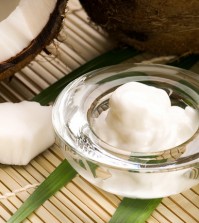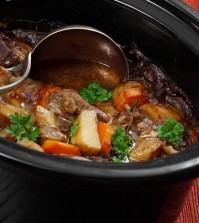- Make It Yourself Lavender Heart-Shaped Bath Bombs!
- 20 Things You Never Knew About “Down There”
- 12 Best Foods For Those Suffering From Arthritis Pain
- 12 Personal Hygiene Mistakes Almost Everyone Makes (Mom Never Told You About #4!)
- 15 Medicinal Plants And Herbs From The Cherokee People
- 12 Mind-Blowing Benefits Of Drinking Coconut Water During Pregnancy
- 12 Outstanding Winter Foods That Won’t Fatten You Up Like A Christmas Turkey
Are There Dangers Lurking in Your Spice Rack?
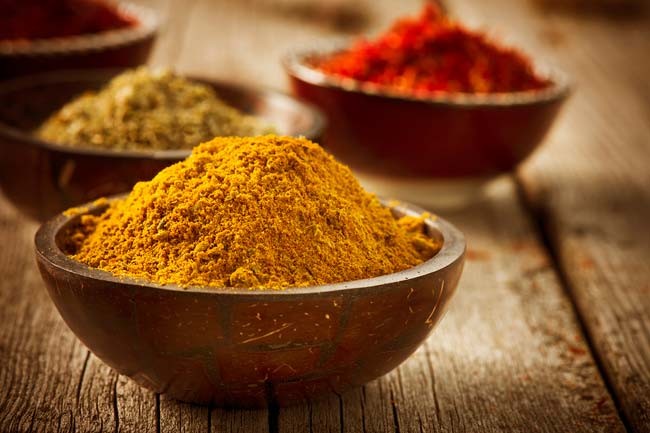
Photo credit: bigstock
So there you are, happily cooking away in your kitchen, when you realize you want to add a little spice to your meal; you reach for that small container and it suddenly hits you, just how old is that container? Not only can you not remember when you bought it, but it doesn’t appear to have an expiration date on the label. Do spices expire? Do they go bad? Can using them after their “best by” date be harmful?
Spices and dried herbs can add a much needed touch of flavor to our cooking (Read important tips for veggie cooking). Sometimes a simple combination of spices and/or herbs can make a world of difference when it comes to the taste and flavor of our foods. Let’s take a look at your spice rack and what you should know about it.
- Perhaps one of the best ways to get the most out of your spice rack is to store them properly to begin with. Never keep them above or near your stove as; although this might seem like the most convenient spot, the heat will degrade its quality. You should also keep them away from the humidity of the dishwasher. You might have heard the old advice that you should keep your spices in the refrigerator but that’s another big no-no. Condensation and humidity will be present every time you open that container and it’s bound to be transferred to the spices. Also, be sure you put spices in your hand or in a measuring spoon before placing them in the pot on the stove. If you shake directly from the bottle into your pot or pan, the spices will also pick up the steam and heat from the stovetop.
- The good news is that, if your spice or herb has a “eat by” or “best by” date, it’s generally just a guide to let you know that the spice will most likely lose its potency, but it will still be safe to consume. If your spice doesn’t have one of these dates on the label (or if you can’t read it) make your own “expiration date” list. Write the date you bought the spice on a 3×5 card and hang it inside a kitchen cabinet door.
Continue to Page 2
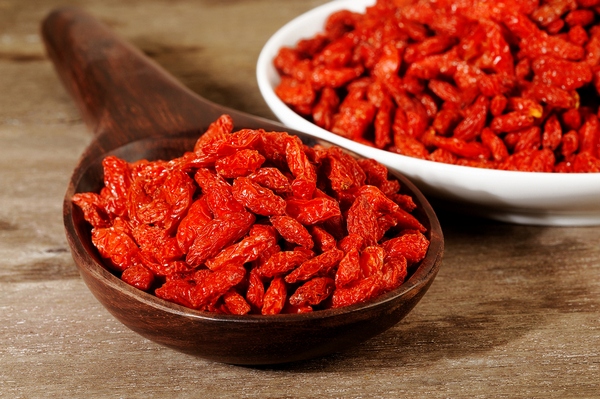
Photo credit: bigstock
How can you tell when a spice has gone bad or how long they should last if there is no label? In general, you can refer to the following list:
- Color – if your spice has lost its color, it’s most likely not going to have much flavor. Red spices such as paprika or chili powder, turn brown with age. Leafy herbs such as basil go from an olive green to a drab army green.
- Scent – pour a bit of the spice into your hand. If you aren’t immediately greeted by the scent, it’s more than likely past its prime. If it’s a whole spice, like a cinnamon stick, break it or crush it to release its scent. Again, if you close your eyes and you can’t smell the spice, it’s time to toss it.
- Most ground spices will last between 3 to 5 years.
- Leafy herbs, such as basil, will last only 1 to 3 years.
- Whole spices, since they haven’t been compromised, can last longer; as much as 5 to 7 years.
- Flavored extracts, such as almond extract, can also last as long as 5 years.
- Liquid marinades, sauces, and bottled seasonings are good for 1 or 2 years.
- Dry recipe mixes are good for as long as 2 years
- Fresh spices, however, are only good for one week, with garlic being the exception. Fresh garlic is good for as long as 6 months.
Continue to Page 3
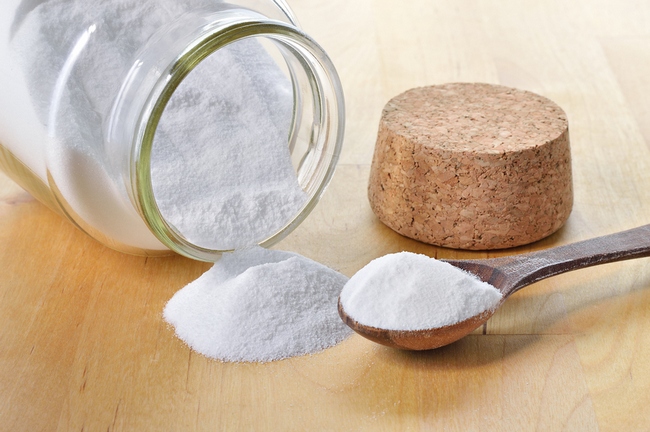
Photo credit: bigstock
Now what about those other items you keep in your pantry? You know, the ones you don’t think about until you take them out one day and think “Didn’t I buy this when a republican was in the White House? “ You can check them out on this list.
- Baking Soda – There is a date stamped on the bottom of the box but Arm and Hammer says that regardless of the date, 3 years is about all you can expect it to last. Baking soda loses its power over time. Find out why baking oda is a natural cleaner.
- Baking Powder – That’s the stuff you use to make those baked goods rise and gives them their fluffy texture. It’s got a much shorter lifespan, only about 1 year, max. The “use by” date should be on the bottom of the can.
- Brown Sugar – Once opened, try to use within 2 years. Just because it’s gotten hard as a rock does not mean it’s bad, it’s simply gotten exposed to moisture. Soften it in the microwave and it’s good to go.
- Powdered Sugar – Same as brown sugar, try to use it within 2 years.
Continue to Page 4
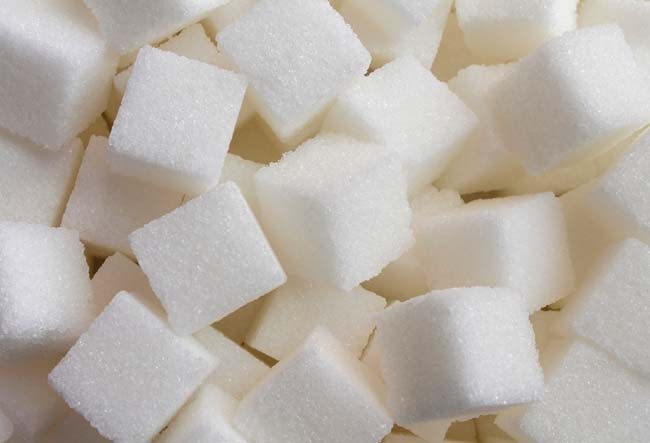
Photo credit: bigstock
Now there are a few things that just never, ever expire.
- Pure Vanilla Extract – Good for life!
- White Refined Table Sugar – That stuff you put in your coffee is good forever, as long as you keep it dry. Find out 5 natural sugar substitutes fr better health.
- Honey – Another kitchen staple that lasts forever as long as it’s stored properly. Keep it in a tightly sealed container and away from heat and sunlight, and it will still be good until Armageddon.
- Salt – Plain, old fashioned salt will never expire. However, salt with iodine, is another story. The iodine in salt will expire after about 5 years.
- Corn Starch – That old gravy maker should last forever providing you keep it dry.
Probably the best and easiest way to keep your spices fresh and potent is to buy them in small quantities so you can use the entire container well before you start wondering about them.
Sources:

